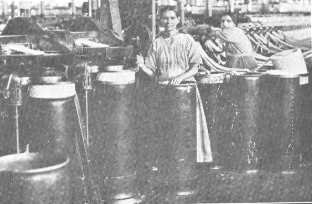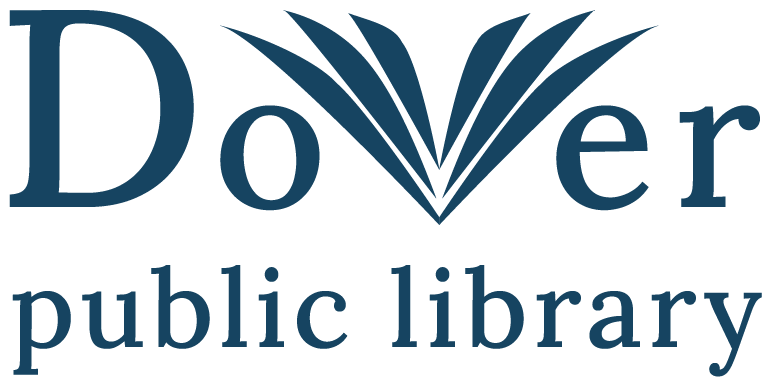Disclaimer
The Dover Public Library website offers public access to a wide range of information, including historical materials that are products of their particular times, and may contain values, language or stereotypes that would now be deemed insensitive, inappropriate or factually inaccurate. However, these records reflect the shared attitudes and values of the community from which they were collected and thus constitute an important social record.
The materials contained in the collection do not represent the opinions of the City of Dover, or the Dover Public Library.
The Cloth Manufacturing Process--4. Drawing Frame
An Interview with John Howarth, Overseer of Carding, No. 2 and 3 Mill
Cocheco Chats, February 1922
The card delivers cleaned cotton in a rope-like strand called “sliver.” This sliver is coiled in a can and brought forward to the drawing frames.
Once the cotton is cleaned, it is necessary to lay the fibres parallel lengthwise of the strand and reduce the sliver to the required size. The drawing frame accomplishes the first of these requirements. It is constructed to receive 6 or 8 ends of the sliver from the card and pass them between four pairs of rolls. The back pair of rolls revolve slowly, and going forward, each pair revolves a little faster. In this way the several slivers are combined into one at the back of the machine, and are drawn out to a strand about the size of one the six entering at the back. This drawing out of the strands of cotton tends to make the fibres lie parallel, in much the same fashion as can be seen when we take cotton into our hand and draw it apart with the other hand.
Doubling several ends into one accomplishes an incidental object. It mixes the sliver from six different cards. In this way any unevenness in one strand, or any differences in the character of the cotton are blended to make a more uniform product.

Stavroula Polety and Bessimia Elias operating Drawing Frames in No. 3 Mill
The drawing frame is supplied with a stop motion. The object of this is to stop the machine should a can of sliver run out at the back, or should the end break at the front. In this way the machine is stopped before imperfect work is produced due to these causes.
The people who run these frames are called drawing tenders. Because their work appears simple, many are inclined to overlook the extent to which all of us are dependent upon them. One needs only to watch them at work to learn of the care they must exercise in piecing broken ends, and placing new ends up at the back.
This historical essay is provided free to all readers as an educational service. It may not be reproduced on any website, list, bulletin board, or in print without the permission of the Dover Public Library. Links to the Dover Public Library homepage or a specific article's URL are permissible.
